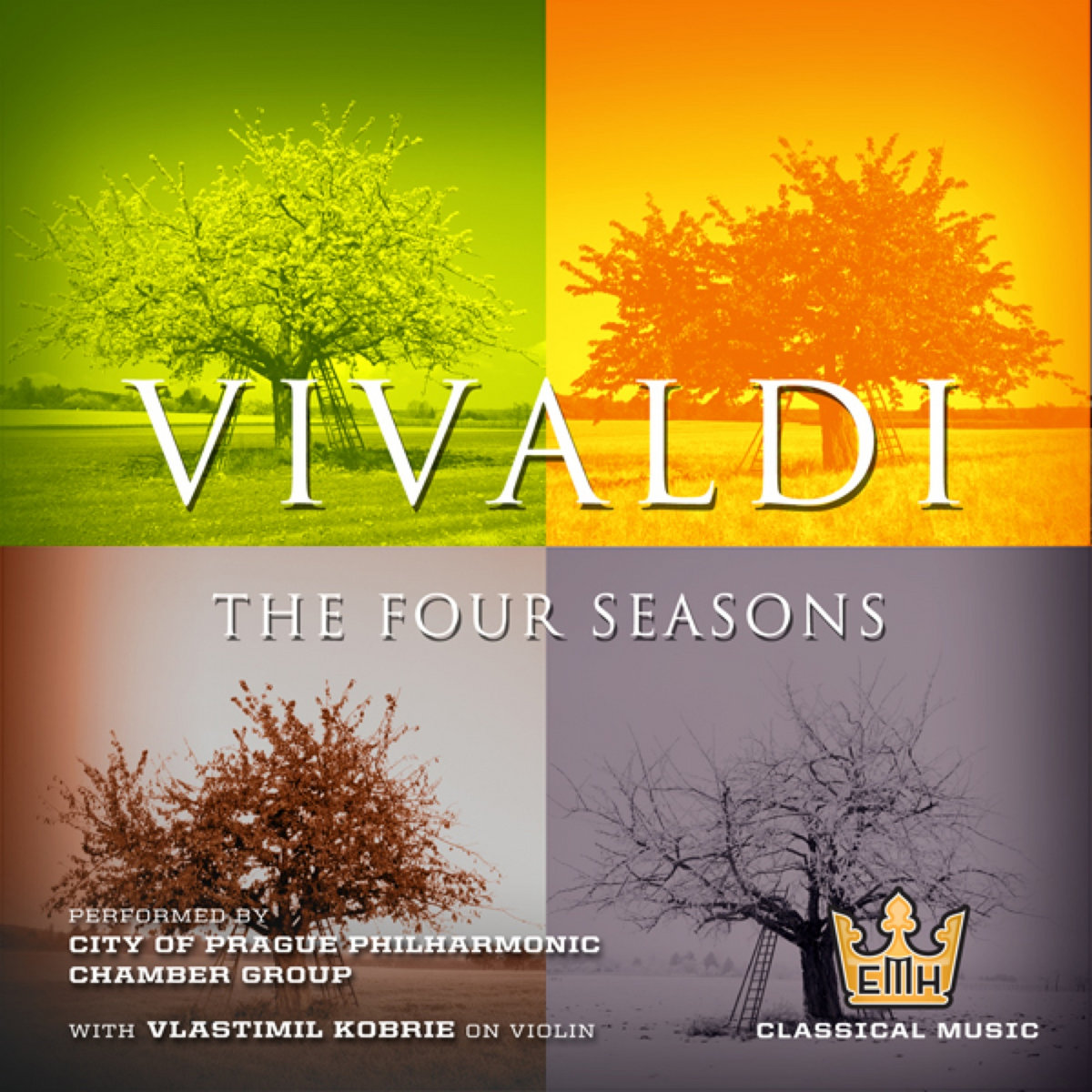


Expanded, elaborated, and romanticized just a bit, this is the story of mankind, and, no matter how equatorial our clime, in the final analysis we are all kin.Īntonio Vivaldi's ''Four Seasons,'' a set of short Baroque violin concertos dating from the early 18th century, are the Italian composer's most popular works.

The traditional Indian view of the seasons sees winter as quiescence, spring as creation, summer as preservation and fall as destruction. There is an obvious reason for this the seasonal pattern has metaphysical overtones. Examples come easily to mind, some of the more obvious being Mahler's ''Solitary in Autumn'' from ''The Song of the Earth,'' Schubert's song cycle ''Die Winterreise,'' Stravinsky's ''The Rite of Spring,'' and Delius's variety of summer works, as well as a myriad of popular songs of all stripe and quality.Ībove and beyond paeans to different times of year, integral settings of all four seasons have inspired and challenged several composers. Many composers have offered their impressions of the cyclical nature of the earth. We also know that seasonal songs were a part of Grecian culture. Our earliest extant musical seasons date back as far as Gregorian chants. From the beginnings of musical history, composers have been attempting to depict sonically the four seasons of the year.


 0 kommentar(er)
0 kommentar(er)
